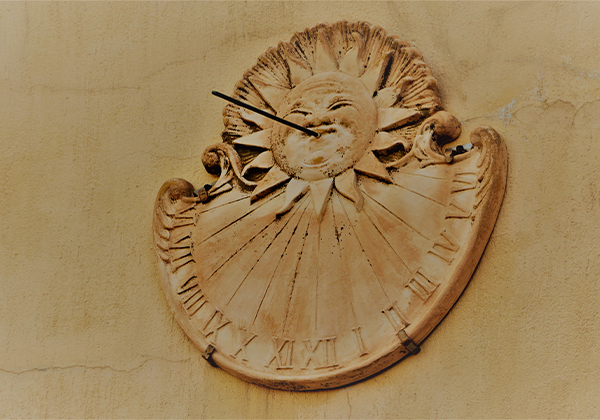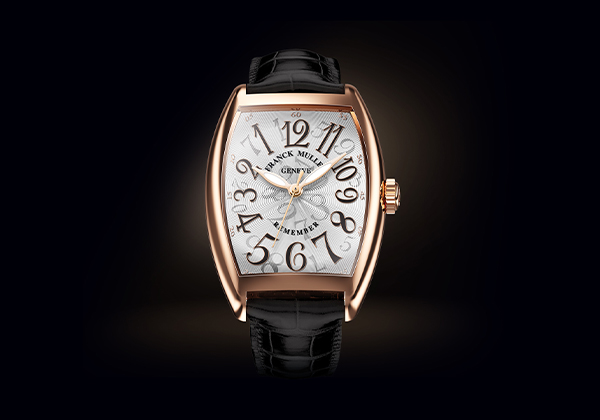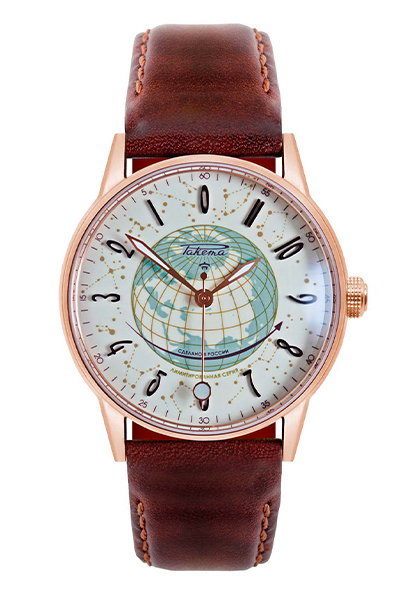The origin of the direction of the rotation of the hands on your watch goes back way before the first watch was born. In fact, to understand the reason for the clockwise rotation, we need to go back to antiquity with the appearance of the first sundials and their gnomon (pointer).
The ancestor of the vertical sundial that we all recognize from the walls of historical buildings, the first sundial was simply a rod or stick planted vertically in the ground. The journey of the shadow that formed thanks to the sun indicated the temporal flow which made it possible to determine the time that had passed.

Thus, in the northern hemisphere, the path of the shadow from a sundial over the course of a day follows a path from left to right. This direction is not surprisingly dictated by the visible path of the sun in our hemisphere, rising in the east and setting in the west.
When the first clocks were invented in Europe in the 13th century, this direction of rotation was well known because it had been indicated on sundials for several centuries. It is therefore natural that the hands of timepieces would follow the same path.
However, some exceptions exist and some monumental clocks have been equipped with dials on which the hands turn counterclockwise. One of the most famous examples is the clock of the Cathedral of St. Paul in Münster, Germany. There is also the clock of the Cathedral of Santa maria del Fiore in Florence, which also indicates the time in an anti-clockwise fashion.

These few cases of clocks whose direction of rotation is not conventional can be explained by the fact that a standard needs a certain time to impost itself and such cases could exist here and there, while everyone else takes time to agree on which way is best.
In our contemporary times, some watchmakers have also created wristwatches displaying the time in an anti-clockwise manner. The goal here being to stand out and break with the existing norm. This is the case of the Russian Code by Raketa, whose hands reproduce the counter-clockwise rotation of the Earth around the Sun, as does Franck Muller’s Remember. Azimuth also has a timepiece called Back in Time with one hand that travels counter-clockwise. When you look closely, they all have one thing in common, the numerals are backwards too. Reading the time on these dials must take some getting used to, but it is good to challenge the way things have always been from time to time.




